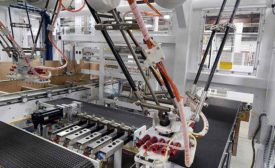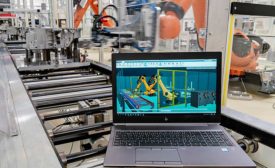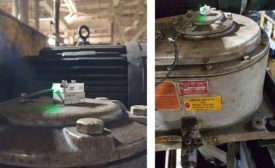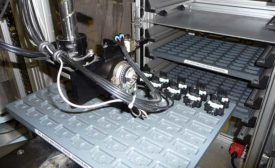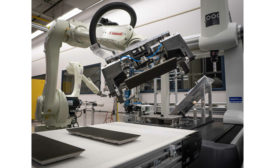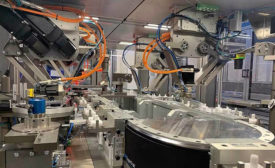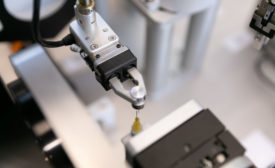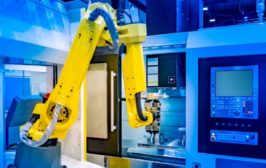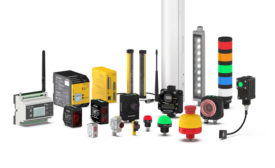Automated Assembly Systems
Industry 4.0 at Škoda
Digital twins, autonomous mobile robots and AI are some of the cutting-edge technologies helping European automaker Škoda compete.
June 28, 2022
The Power of Predictive Maintenance
Sensors and AI-based software help manufacturers eliminate unplanned equipment downtime.
June 24, 2022
The Right Robot for the Job
Systems integrator mixes and matches SCARA robots for medical device assembly line.
May 12, 2022
Never miss the latest news and trends driving the manufacturing industry
Stay in the know on the latest assembly trends.
JOIN TODAY!Copyright ©2025. All Rights Reserved BNP Media.
Design, CMS, Hosting & Web Development :: ePublishing
